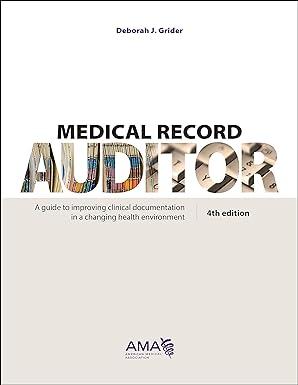Question
Assume that the U.S. interest rate on 1-year deposits is 2% and the Japanese interest rate on 1-year deposits is 2%. i.e. R$= R= 0.02.
Assume that the U.S. interest rate on 1-year deposits is 2% and the Japanese interest rate on 1-year deposits is 2%. i.e. R$= R= 0.02. The expected exchange rate between the yen and the USD one year from now is Ee/$ = 115.70.
Now, suppose the Bank of Japan permanently decreases the money supply such that the Japanese interest rate jumps from 2% to 3% in the short run and FX traders revise their forecast of the exchange rate one year from now to Ee/$ = 114.00 (i.e. they expect the yen to appreciate against the USD). Also, assume that prices are fixed in the short run but adjust in the long run (i.e. in one year prices adjust to their new long run equilibrium and the Japanese interest rate goes back to its initial value of 2%).
1. Calculate the short run equilibrium yen/USD spot rate. Show the short run effects graphically using a combined money market-foreign exchange equilibrium diagram. Did exchange rate overshooting occur?
2. Calculate the long run equilibrium yen/USD spot rate after prices adjust and the Japanese interest rate goes back to its initial value of 2%. Show the long run results graphically using a combined money market-foreign exchange equilibrium diagram.
Step by Step Solution
There are 3 Steps involved in it
Step: 1

Get Instant Access to Expert-Tailored Solutions
See step-by-step solutions with expert insights and AI powered tools for academic success
Step: 2

Step: 3

Ace Your Homework with AI
Get the answers you need in no time with our AI-driven, step-by-step assistance
Get Started


